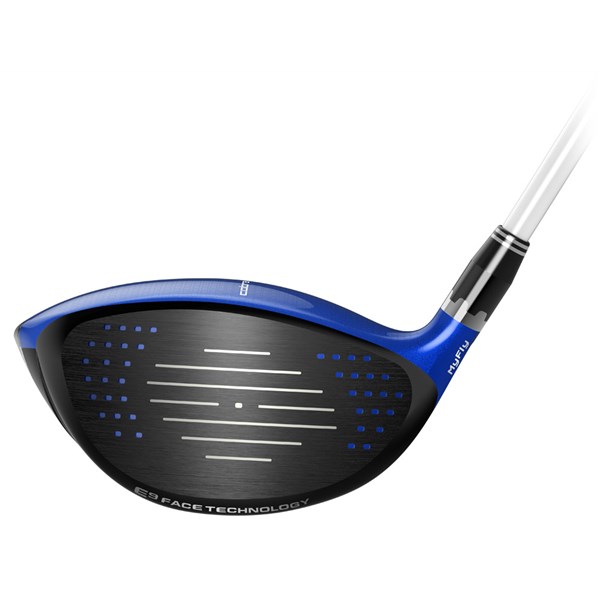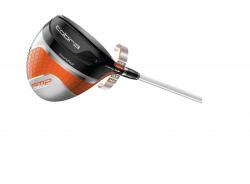

The latest iteration rolls back a portion of the infinity face along the topline. The idea is that milling the face eliminates a good bit of the inconsistency that comes from traditional finishing methods-which basically amounts to grinding away welds and hoping you don’t screw up the bulge and roll radii or otherwise compromise the face design. At this point, it’s just one of those things you should expect to see every year. We’re several generations deep into COBRA’s CNC milled-face design. Under the hood is a piece of metal injection-molded (MIM-d) steel and a pair of screws that hold it all in place.īoiled down to simple terms, PWR-CORE is COBRA-speak for a consolidated chunk of weight in the front of the club.

The part of PWR-CORE that’s visible is a stainless-steel badge anchored to the sole. We’ll dig into the numbers a bit more as we cover the individual models but the idea is that with the LTDx LS, a heavier PWR-CORE pushes weight forward for more speed and lower spin while in the LTDx MAX, a lighter PWR-CORE allows for more weight to be concentrated at the rear to increase the moment of inertia (MOI). PWR-CORE is a multi-layered weight cartridge that helps to optimize the distribution of mass (the radius of gyration) for each of the three models. It’s the reason why every manufacturer offers several models and why you should probably spend some time with a qualified fitter before parting with your money. So long as you take it out of the middle of the club and push it towards the perimeter, you’re probably helping somebody. The idea behind the radius of gyration story is that mass doesn’t always have to go low and back. Nearly everyone benefits from pushing weight low. Pushing weight to the heel is awesome for the guy who fights a slice and toe weighting can be great for golfers who fight a hook. On a player-for-player basis, “back” is forgiving but “forward” is often faster and with lower spin. The idea is that weight doesn’t always have to be placed low and back to be effective. Let’s pause to thank COBRA for bringing “radius of gyration” into the vernacular. To some degree, PWR-CORE is the evolution of last season’s RAD (radial) weighting story. Man, it’s the trifecta.īefore we hop into a discussion of the three different models that make up the COBRA LTDx driver family, we need to outline some of the key technologies common to all.


If you’re looking for excessively high spin, that’s the recipe.įrom a performance standpoint, when the center of gravity is on the neutral axis (the imaginary line projected from the center of the club face, perpendicular to the loft, through the rear of the club), it’s quite a thing for optimizing efficiency. In the case of super-niche designs (I’d be inclined to call them bad designs), the CG can creep 7mm or more above center face. Golfers may assume that’s how it always is but, typically, the “center of gravity” is a few millimeters above center. If you’re not sure what that center-of-gravity stuff means, we’ve got plenty of good reading material on the subject but the simplest way to say it is that, with the KING LTD, COBRA managed to put the sweet spot dead-nuts center in the club face. The intent was to call attention to what you couldn’t see: a center of gravity located on the neutral axis.Īdmittedly, I’m playing fast and loose with the space-related facts but the center-of-gravity thing is absolutely true (so are the porthole and graffiti bits). The story of the LTD was basically that COBRA went to space and came back with a ground-breaking driver with a porthole in the bottom and graffiti splattered across the inside of the head.


 0 kommentar(er)
0 kommentar(er)
